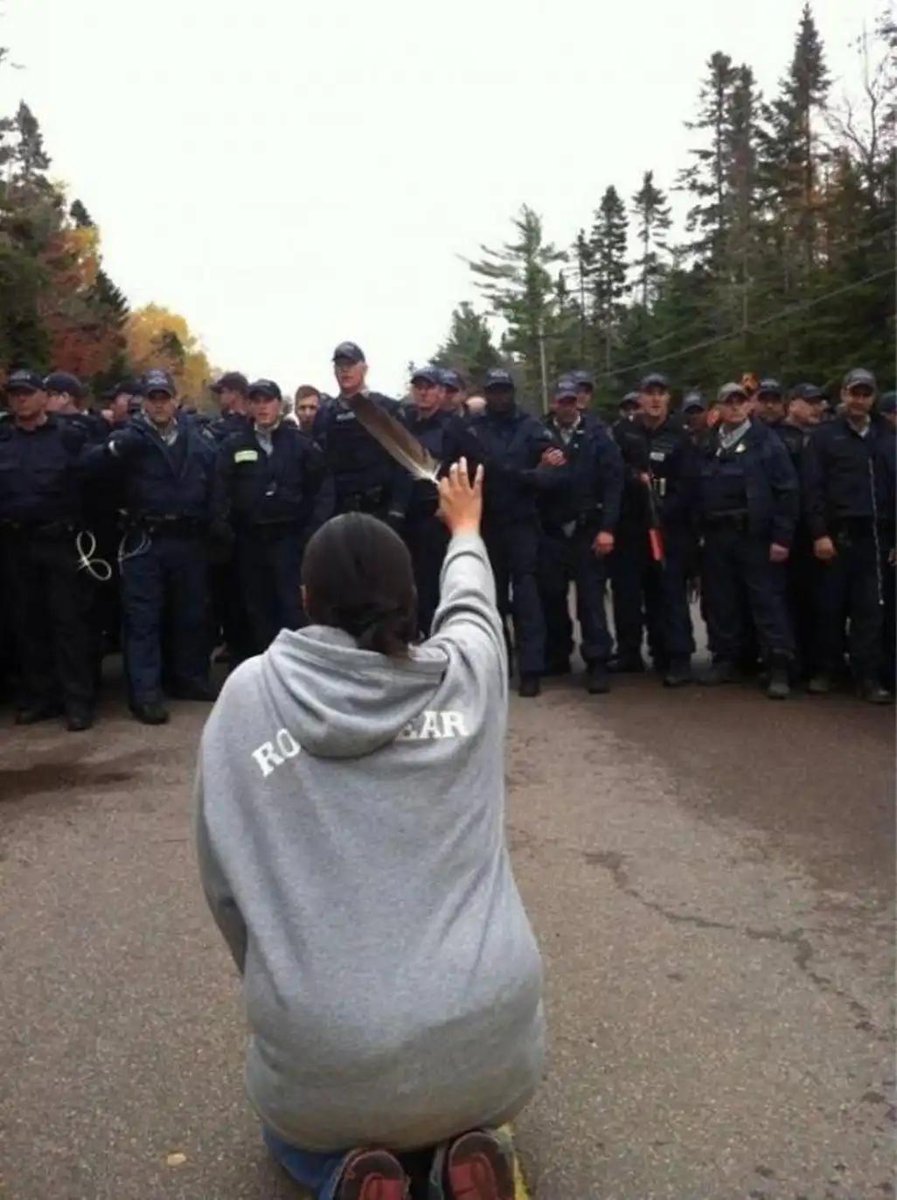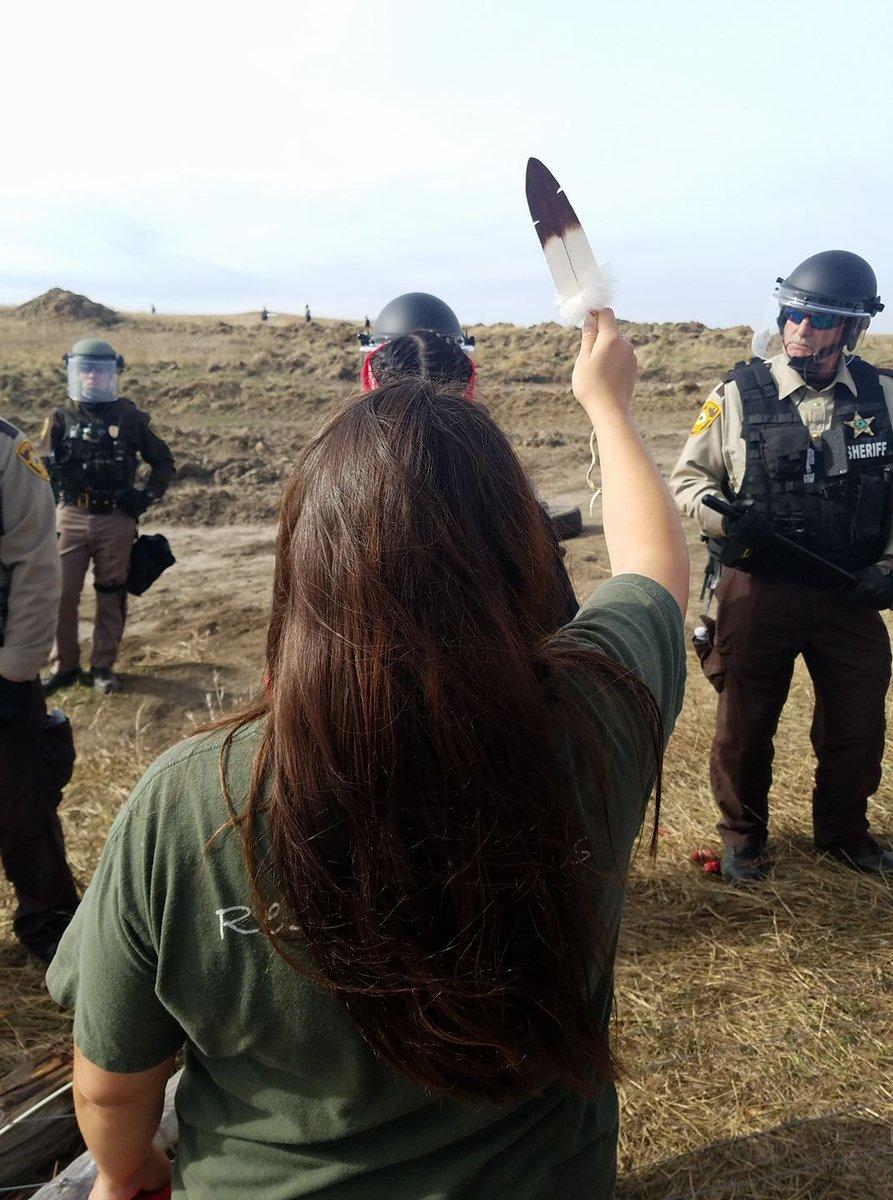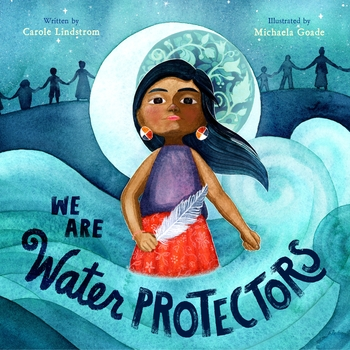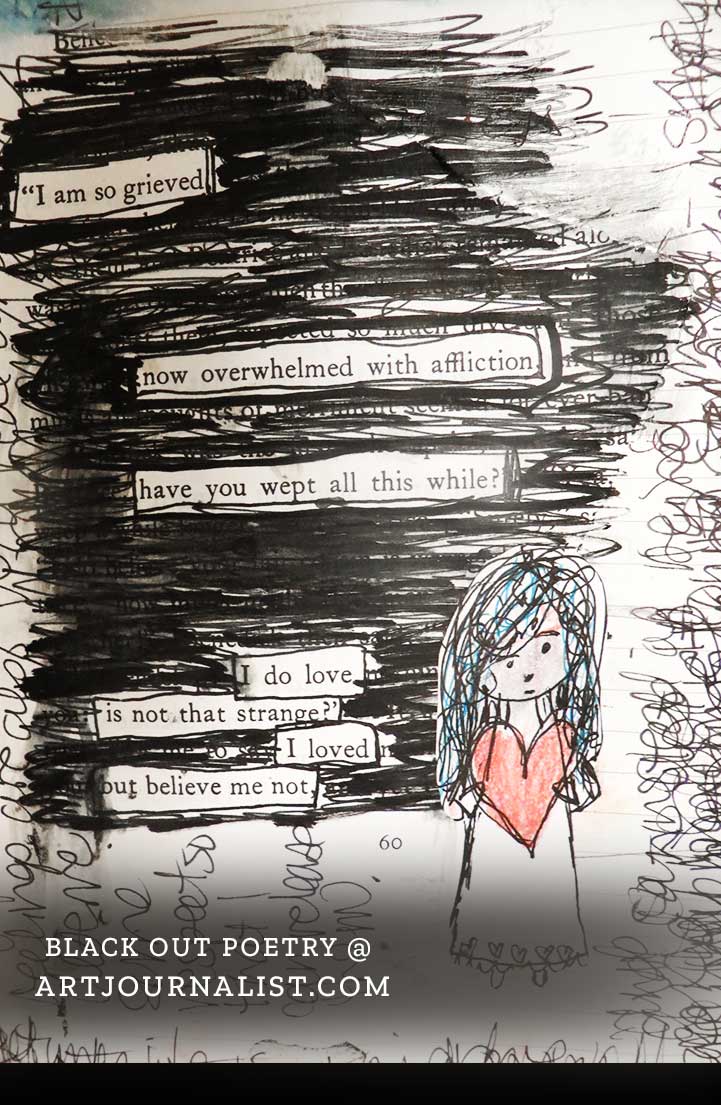Note from Debbie: If there are additional items to insert or add, please let me know. If I've made errors in my documentation below, please let me know about that, too.
****
Thursday, April 11th, 2019, 12:30 Central Time
I received a phone call from Carole Lindstrom. She is Ojibwe. I wrote about
her picture book,
Girls Dance Boys Fiddle in 2014. Carole had just left a luncheon at the Children's Book Guild of Washington, DC. Author Jacqueline Jules had invited her to attend. Carole had been to Guild events before.
At the luncheon, Carole told me, Jules asked her about my work. But it wasn't a straightforward question. The tone in which questions were asked told Carole that Jules did not like my work. Carole told her right away that she considers me a friend but Jules ignored that and continued to press her. Carole told her that within the Native writers community, they value my critiques. Jules persisted. It became increasingly uncomfortable for Carole, so she stood to leave. Jules stood, too, blocking Carole's path to the door, and placed her hands on Carole's arms. Carole asked her to remove her hands. Jules did so, and Carole left the table. Jules followed, and even though Carole asked Jules to leave her alone, Jules followed her out of the private dining room of the restaurant, out of the building, and down the street, calling to her that I am keeping Native writers from telling our stories. Carole ducked behind a city bus, Jules returned to the building, and a few minutes later, Carole sent me a Facebook message asking if she could call me. I said yes, and we talked for several minutes. She reached out to others, too, who offered comfort and solace. What happened to her was not acceptable, at all.
Wednesday, April 17, 2019 (this item added April 28 at 5:55 PM)
Carole wrote to Rhoda Trooboff, 2018-2019 President of the Guild, documenting her experience.
Thursday, April 18, 2019, 9:38 AM (this item added April 28 at 5:55 PM)
Trooboff acknowledged receipt of Carole's letter and that she would be in touch with Carole the following week.
Thursday, April 18, 2019, 1:20 PM (this item added April 28 at 5:55 PM)
Trooboff wrote again to Carole, telling her that she has forwarded her letter to Jules and that a Guild member will be in touch with her. She took these steps (rather than wait, as the morning email had indicated) because she had learned that details about what happened were posted to social media (the post Trooboff is referencing is a private--not public--conversation).
Tuesday, April 23, 2019
Martha Brockenbrough, Julie Foster Hedlund, and Ishta Mercurio posted an
Open Letter to the Children's Book Guild. Reading While White hosted the letter. People were asked to cosign it using the comment option or by writing directly to Reading While White.
Thursday, April 25, 2019, 9:00 AM
The editors at
Reading While White added a note to the top of the Open Letter, indicating that they would close the comments at 8:00 PM Eastern Time and that the letter would be sent to the Guild the following morning. By 8:00, there were approximately 400 signatures on the letter, including many from Native readers, writers, and librarians. The letter documents
- What happened at the luncheon
- That nobody at the luncheon intervened to stop Jules or comfort Carole
- The inappropriate sharing of Carole's letter about the incident, with Jules
It also states that they believe the Guild owes an apology to Carole and to me. (I agree they owe one to Carole. The harassment did not happen to me; even if I had been there, I'm skeptical of apologies as I said in
this thread on Twitter, because I think they too often function to alleviate guilt of the harasser and when extended, shift the weight of the incident to the person who was harmed in the first place. When the incident is one like this, the harm is usually the most recent one inflicted on a Native or person of color. With that as context, an apology without action is meaningless.)
Thursday, April 25, 2019, 4:13 PM
Using their Twitter account (@BookGuildDC),
the Guild said:
 |
| Screen capture of tweet |
The Guild's board met to work on an action plan spurred by events during and following our last meeting. To those of you who have made suggestions on how we can be and do better: thank you. We will continue to work and learn. childrensbookguild.org/april-11-lunch…
The tweet included a link to
Guild Statement Regarding Incident at April 11 Luncheon, at their website. The apology was also posted to their Facebook page at 4:11 PM. I am highlighting a word in the paragraph to compare it with a revised apology issued later:
Guild Statement Regarding Incident at April 11th Luncheon
 |
Screen capture of the
first paragraph of Guild
statement. Click to enlarge. |
The Board and members of The Children's Book Guild of Washington, D.C., apologize for the incident that occurred at our luncheon recently. This interaction and subsequent steps caused a guest pain and seemed to demonstrate racial and cultural insensitivity. Please know that these actions were not intentional and do not reflect the core values of the Guild. We apologize for the additional distress caused when the complaint was shared with the member involved in the incident.
Friday, April 26, 2019
People objected to their use of "seemed" and "not intentional." The Guild subsequently revised the language but did not note their revision. Not noting the revision hides the initial error and, in effect, obscures the fact that they recognize their initial error. The revision was to remove "seemed" and insert "gave the guest reason to believe" (highlight below is mine):
The Board and members of The Children's Book Guild of Washington, D.C., apologize for the incident that occurred at our luncheon recently. This interaction and subsequent steps caused a guest pain and gave the guest reason to believe that the member demonstrated racial and cultural insensitivity. Please know that these actions were not intentional and do not reflect the core values of the Guild. We apologize for the additional distress caused when the complaint was shared with the member involved in the incident.
Sunday, April 28, 2019
The Guild statement was revised again! At present, "gave the guest reason to believe" is gone:
The Board and members of The Children's Book Guild of Washington, D.C., apologize for the incident that occurred at our luncheon recently. It is clear that this interaction and subsequent steps caused a guest pain and demonstrated racial and cultural insensitivity.
I am glad to see--with this latest revision--this note at the bottom of the page:
*This wording has been revised to reflect the statement originally approved by the Board of the Children's book Guild."
But it raises questions, too. That note suggests that the statement we saw was changed by someone before it was published on the 25th, but, who modified statement that the Board originally approved? And why? If there are more developments on this, I will be back to add them.
The remainder of the Guild's statement includes steps they will take, including "Adopt an anti-harassment policy and take other steps to prevent harassment or intimidation of any form at Guild events."
****
Before hitting "publish" on this post, I also want to address an apology Jules posted to the Guild's Facebook page with their statement. As noted above, the Guild published their statement on their Facebook page at 4:11 PM on Thursday, April 25th.
On Friday, April 26, at 5:45 PM, this comment appeared in response to my question about their use of "seemed" (on Facebook, when you submit a comment, the comment appears with blue letters to indicate who is posting the comment. Jules comment was posted from The Children's Book Guild of Washington, DC, which suggests she manages their Facebook page. She added her name to the comment, making clear that this particular comment is from her and not the Guild):
The Children's Book Guild of Washington, DC I am very, very sorry. I made a serious lapse in judgment in my conversation at the Children’s Book Guild Meeting on April 11th. I had hoped to discuss two particular books that touched me deeply. It was inappropriate and insensitive of me to ask a Native American guest to interpret or discuss Dr. Reese’s critical analyses of these two books. My intention was to discuss two particular books and not to criticize Dr. Reese.
When the guest became angry and got up to leave, I saw my mistake and tried to apologize. I followed her outside to apologize further. I honestly thought I was demonstrating how sorry I was. I realize now, much too late, how very differently my attempts to apologize came across. I am mortified that the guest felt harassed, and I am extremely sorry I offended her. I have written to the guest twice to apologize.
Jacqueline Jules
In her comment, she writes that "it was inappropriate and insensitive" for her to "ask a Native American guest to interpret or discuss Dr. Reese's critical analyses."
When conversations about the incident at the Guild began to take place, I learned from several other Native and Writers of Color that they have been in similar positions at functions. They are pressed to respond to queries about my work. When I saw that, I tweeted a request that people with concerns about my work can talk to me directly about their concerns. That's a sincere request.
Without question, people at writers gatherings can--and should--talk about criticism
but the way that it is done is important! Jules wrote that what she did was "inappropriate and insensitive." To me, her words affirm Carole's account of how the questions were asked at the luncheon.
Jules second paragraph says "When the guest became angry" -- but written that way, it obscures the fact that it was her words and actions that caused Carole to respond as she did. She says she's "mortified" that Carole "felt harassed" -- but written that way, Jules hides the fact that Carole was, indeed, harassed. Jules tells us that she's written to Carole "twice to apologize." If the content of the apologies was anything like what she wrote in that second paragraph, those apologies are not sincere.
****
I'll be adding links to additional responses to the Guild. There's a lot on Twitter that I may add, but will start with these two. If you see others, let me know!
April 26, 2019
An Open Letter to Ms. Trooboff and the Leadership of the Children's Book Guild of Washington, DC by Ishta Mercurio-Wentworth
White People Apologizing by Monica Edinger at
educating alice
May 1, 2019
Luncheons Shouldn't Come with a Side of Harassment: An Interview with Author Carole Lindstrom by Lisa Krok at
School Library Journal's Teen Librarian Toolbox blog. (Note on May 2, early morning: late yesterday afternoon/early evening, Krok's article was taken down "for review."
When the article is restored I will restore the link. For now it goes to a pdf copy of it.) Update, May 2, evening: holding off on that pdf till there is further clarity on why the original post was taken down.)















